Coffee Milk Stout
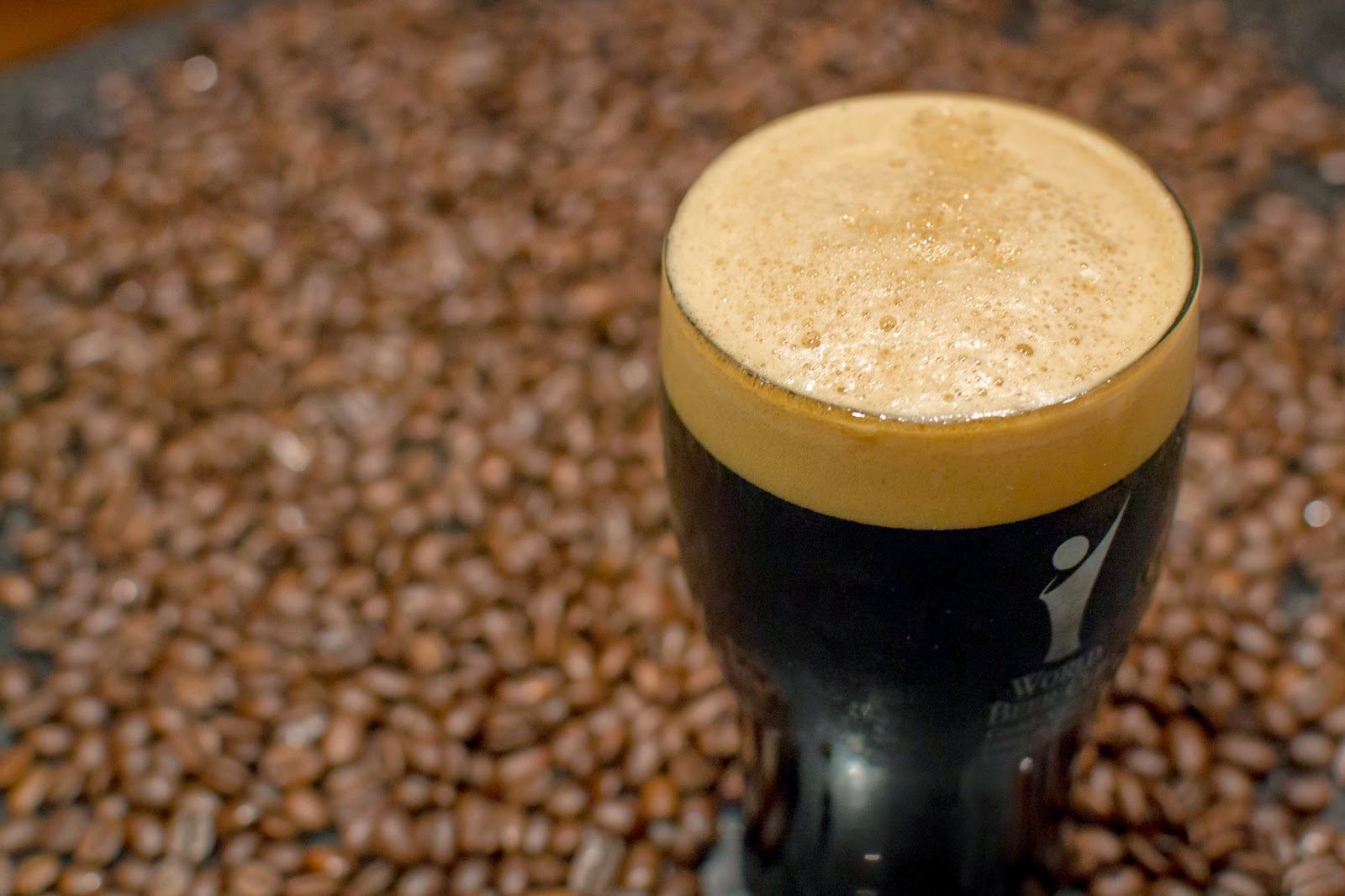
Two dark beers in a row!?! I know, this isn’t my usual M.O., but tis the season for dark beers. Quite a few months ago I remember reading that Stone was going to release a Coffee Milk Stout, and thought, hrm that sounds pretty tasty. Since I couldn’t get my hands on a 6 pack of this, I just decided to brew something similar myself.
I didn’t particularly set out to clone Stone’s beer, but it definitely served as in inspiration of sorts. From a recipe standpoint, I borrowed pretty heavily from the Milk Chocolate Stout I brewed roughly a year ago. I’m using the same malts in this recipe, only tweaking the amounts since this is a much lower gravity beer. I’m amping up the amounts of crystal malt, and dropping the amount of roasted malt to account for that. Based on my recent experience with session IPAs and WLP090, I’m also cranking the mash temp up to 158* to retain as much mouthfeel as possible.
Another part of the motivation for brewing this beer was to get a pitch of yeast ready for a 10 gallon batch of Pumpkin Porter I planned to brew the following week. Whenever possible these days I’ve been trying to avoid making big starters, and rather make a smaller gravity batch of beer. With that said, despite the high FG of this beer, the OG is still into the territory where I’d feel more comfortable making a starter than not. A few days prior to brewing this I made a small 1L starter, which was then crashed and decanted before pitching.
This brew day went well despite the fact it was still blazing hot outside; it was 110+* pretty late into the summer this year. I try to wake up pretty early for summer brew-days, but sometimes I just can’t quite drag myself out of bed. Nonetheless, the mash went smooth, hitting all my numbers, and I counted down a 60 minute boil. The lactose went into the kettle with about 10 minutes left. Chilling the wort with ground water temp in the 90s isn’t super fun, but I’m sure the local ‘water and ice’ stores love me. 40lbs of ice later, and I was down to pitching temps in a pretty reasonable amount of time.
Brewed: 08-30-14
Kegged: 09-06-14
OG: 1.054
FG: 1.024
ABV: 4.0%
IBU: 25
6 Gallons
7lbs 2-row
1lb English Medium Crystal
12oz Chocolate
10oz Munich
6oz Roasted Barley
6oz Carafa III Special
1lb Lactose
Mash @ 158*
16g Apollo @ 60
WLP090 – Super San Diego Yeast
2oz Cold-Steeped Sumatra coffee in primary
Fermentation started a within 18 hours, and this was completely fermented out by around day 5. Two days before, I started cold-steeping two ounces of coffee in roughly 12 ounces of water. I let that sit in the fridge for a full 48 hours before pressing out the grounds, and adding the coffee into the primary. Everything stayed like that for another two days before I went ahead and racked this beer to keg.
So enough of the details, let’s get down to how the beer turned out. Overall, really quite well. I might look into different methods of dosing the coffee, but we’ll get to that in a minute. The beer is a rich, pitch black hue, with a nice dark head that doesn’t hold quite as long as I wish it did. I guess I attribute that to the coffee oils. The aroma is definitely dominated by rich coffee notes, with some malty things going on behind that. The lactose is completely lost in the aroma, but that’s not to say it’s ever all that dominate in milk stouts. The beer does tastes more like a milk stout though. There’s a strong chocolate malty flavor with some lactose sweetness mixed in. The coffee hits hard in the finish, and while not unpleasant, it has a quality to it I don’t love. The mouthfeel is quite full thanks to the lactose and the high final gravity. Despite the coffee character I’m not in love with, this beer still turned out pretty great, and everyone who has tried it thus far has loved it.
While I don’t brew coffee-flavored beers all that often, this one definitely left me thinking about the best way to infuse coffee-flavor into a stout. I’m starting to think that cold-steeped coffee might not be the best approach. There’s a slightly sharp, maybe harsh, quality to the coffee flavor that became more apparent after the first couple weeks on tap. I think it has something to do with the carbonic acid and the coffee, although that’s pure speculation. I’ve heard some people have good success simply using whole coffee beans in the fermenter, so I might take that approach next time. Judging the amount of beans to use might be a little tricky, but I think it’s worth experimenting with. There’s always something to tinker with, right?
Cheers!
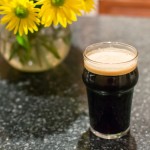
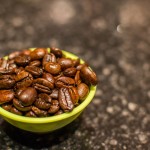
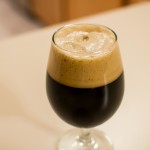
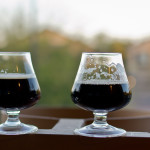
It may seem obvious, but I prefer to add coffee made the same way I like to drink it. Cold steeping really brings the fruity flavors from the coffee beans, but I prefer the roasty complexity from just a couple shots of espresso.
Try adding a small bit of coffee brewed in different ways to a finished beer to see if you can find the character you want.
That's an interesting idea. I might try that in future batches
Hey, glad to see your back posting again (as I'm sure are many of your followers on here!) and wondered if you could answer a recipe question for me? I brewed your Bertus pale ale as my first beer (have just finished only my fourth batch) and it went down really well. I had a problem with the body seeming a little thin but I'm sure that was down to inefficiencies or beginners mistakes.
However, I'm planning on brewing the same beer for my wedding (along with your blind pig clone), but I want to make a version which is just under 4.5%. Maybe between 4-4.5. Have you any tips on how to adjust the amount of grain needed to reduce the strength by that much? I'm sure john palmer's book would tell me but I'm afraid creating my own accurate recipes at this point is a little beyond my knowledge!
Thanks in advance if you have any pointers and keep up this amazing blog!
Cheers
Chris
Thanks!
As for the beer, the recipe is a geared to be a tad bit dry. I would say it drinks noticeably drier than say Sierra Nevada Pale Ale.
In terms of scaling something like that down to 4-4.5%, that's actually something I've been working pretty hard on for the last year. I think I've brewed about 5-6 batches of a low gravity Pale Ale (or IPA, whatever you want to call it), trying to dial in a recipe.
What I've found is, you need to go pretty hard with the specialty grains. Much harder than you would think for such a small beer. I don't have the recipe in front of me, but it's something like 1lb of Carastan (or C40), 1lb of carapils, 1lb of munich, and I mashed at like 158 or 160. All of that is in effort to keep the FG around 1.014 or so.
I found that, combined with sticking with some of the fruiter hops made a really nice 4.2-4.5% hoppy pale ale. I just brewed this beer like 4 weeks ago, so I'll have a post up about it in the next week of so. You can hop yours however you like, but I would definitely consider that grain bill.
If you have time, DEFINITELY brew a test batch prior to your wedding. Take detailed notes during that brew day, and repeat EVERYTHING the same way for the wedding batch. Down to the yeast pitch rates and temperatures.
That was a fast reply! Cheers for getting back to me in such detail. I'll definitely get a trial batch brewed this side of christmas, in the hope that I can have at least one more run before the wedding.
Having loved the recipe I used, I will definitely keep an eye out for the next post as that sounds like exactly what I'm looking for (if it was up to me it would be a 6-7% IPA but, alas, not all middle aged British guys are up for that!).
One final question (for now at least!), what amount of unfermented beer do you usually end up with from a single batch? I've realised that rather than going for 19 or 23 litres (5 or 6 US gal), perhaps I should just be adding water until I've hit the correct TG?
Thanks again! Chris
I usually bring about 5.5 US gal of unformatted wort into the fermenter. That usually yields pretty close to one 5 US gal keg for me.
If you're thinking about adding water, it sounds like you gravity came in high?
Feel free to subtract two-row from the recipe depending on the efficiency you are getting. I wouldn't scale the entire recipe down, but it's perfectly fine to use less base malt.
Scott-
First off glad to see you posting again.
For coffee, I have been playing around with this over the past year to find a way to get coffee into the beer while avoiding that green pepper flavor that can often come from coffee. I have tried to add coffee three ways. First, I cold steeped grounds in water for 2 days in the fridge and then used my aeropress to remove the grounds. That worked well and at 6 months the beer has avoided the green pepper / vegetal flavor. I also made a hot batch of coffee using the aeropress – this batch turned a bit vegetal after 3 months. The most successful for me so far was to just grind up the coffee beans and let the soak in the fermenter for 2 days. The beer had a rich coffee aroma and the flavor lasts – i have 1 year old bottles that still taste good, although of course the coffee flavor has dropped off a bit – at least it hasnt turned vegetal.
Brian
labeerfan.com
Great post! In regards to the coffee I have recenter become a coffee snob, due to an enterprising coffee trike. However I have found the best success with cold brewing the coffee for 11 hours 40 minutes. The most important thing is the grind. Depending on the roast light medium dark the grind should be fine medium coarse. This has to do with under and over extraction. I suggest that you make a cup with the extract before adding it to the brew. Mixing 1:1 concentrate to water or even 1:2. Additionally if you want more chocolate of a flavor, I suggest south American like Brazil. And last the coffee should be roasted within a few weeks of making the cold brew.
***end coffee knowledge dump ***
Also feel free to reach out to my coffee mentor San : info@thecoffeetrike.Com and he can answer any question about coffee. He is a great resource
Hi Brian,
Thanks for responding. I think your third method is the one I'm most interested in trying next. Either just whole coffee beans, or with a rough grind.
HI Wes,
What's the ratio of grounds to water you use when steeping the cold brew?
This comment has been removed by the author.
I use 12oz coffee to 7 cups water for ~12 hours. That way it's not sour from under extraction or bitter from under extraction
I attempted a brew after tasting Stone's Coffee Milk Stout a few months back. Have you had a chance to taste theirs since your brew? I'm looking over your malt bill and i'm digging it. I for some reason added 6% Crystal 120 but i'll drop that next time and increase the roasted barley and Munich amounts. For coffee I added 32 g Aeropressed Guatemala sourced beans to about 2.75 gal of beer in the keg. Wonderful coffee aroma and flavor for the first week but then it really descended to just a faint aroma after that… Thanks for the Recipe!
Funny you should mention that Chris. I too am Getting ready for my Wedding, and as such I'm just finishing up Blind Pig 2.0 with Conan yeast. (Boy that yeast has a mind of its own).
nice to see you back at it.
welcome back! i missed your posts.
i'd suggest that your steep time might be to blame. the coffee/water ratio sounds fine, but in my cold brew trials for coffee consumption, i've found ~10-14 hours to be pretty ideal. lighter to medium roasts you can push toward 24hr with little consequence, but i've still preferred a half-day steep.
Really great to have you back, Scott, and a very happy Christmas to you and your readers. I recently had a 3.5% coffee IPA and it completely blew me away. I've got to have a go at producing something like it but don't really know anything about adding coffee to a beer recipe, so I was hoping someone could help. The hops were most definitely there – Citra, I think, but the dominant taste was the coffee, which kind of reminded me of roasted chocolate coffee beans. I've read the comments about cold pressing versus adding beans to the fermenter, but can someone with more experience of this actually suggest what kind of quantity to use for an IPA. Also, are there not issues with infection? Cheers.